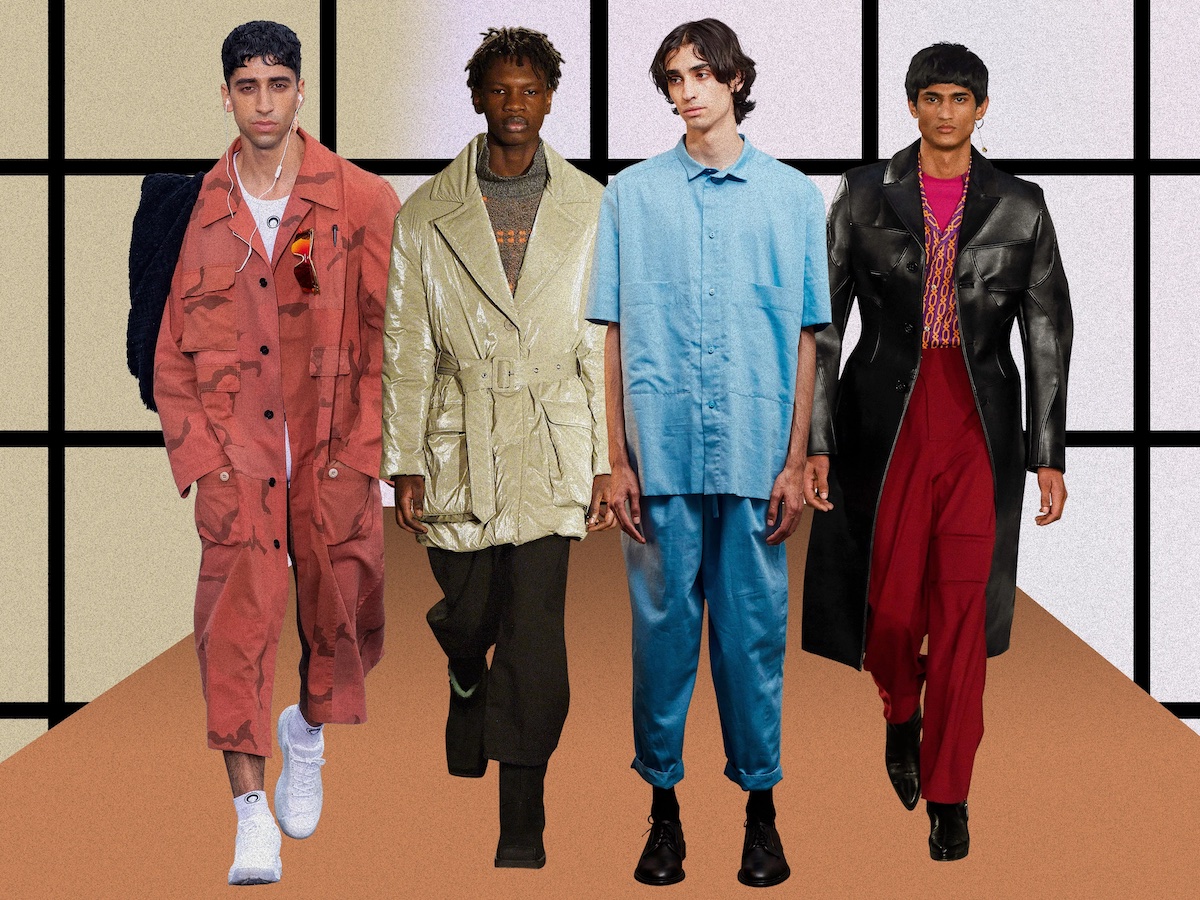
Sales up 40% in 10 years
In response to the pollution produced by the fashion industry, many brands and initiatives have developed. Today, we have more and more access to cleaner, more transparent and more ethical fashion. Movements of protest by consumers boycotting brands or Black Friday are emerging.
Consumers are also becoming more aware of and interested in ecology, sustainable and responsible fashion. As Ipsos points out in a 2019 study, “nearly two out of three French people (65%) now say that the commitment of brands and companies to sustainable development is an important choice criterion when making fashion/clothing purchases.”
However, consumer behavior has been slow to materialize and the need to look good and change their daily look has not disappeared. As proof, sales have increased by 40% in the last ten years. A lack of trust in fashion brands, a lack of understanding of what sustainable fashion is as well as a distrust of greenwashing, and also the price and the lack of information about the names of sustainable fashion brands are notably holding back the enthusiasm of sustainable fashion consumers.
It is therefore essential to develop new approaches to encourage individuals to buy and wear more sustainable fashion, while being committed to the origin of their clothes. In this perspective, a research work conducted by our team, recently published, proposes a new approach based on emotions.
Impact on emotions
We asked three groups (39 people – 26 women, 13 men in total) to come and spend two hours in our lab: the first group was asked to come with their own clothing; the second group was asked to wear a plain white, ethically produced, environmentally friendly t-shirt; and the third group was asked to wear a plain white t-shirt labeled as non-ethical (fast fashion). The shirts provided to the second and third groups were similar, only the label changed.
We measured each participant’s positive and negative emotions using the SPANE scale. This brief questionnaire measures participants’ positive and negative experiences by asking them to rate how often they experience various states such as on physical pleasure, engagement, interest, pain, boredom, etc. Each participant’s emotions were assessed just before the experiment and then after two hours of wearing the T-shirt.
Our results showed that participants wearing durable clothing had an increase in positive emotions compared to participants wearing non-durable clothing.
In addition, participants wearing non-durable clothing showed a decrease in positive emotions compared to participants wearing durable clothing. Indeed, while the median value of positive emotions was similar for all three groups of participants (median of approximately 23) at the beginning of the experiment, the group wearing the durable fashion T-shirt then showed an increase in positive emotions (with a median of 26) and the participants wearing the non-durable fashion T-shirt showed a decrease in positive emotions (with a median of 20).
Our results also showed that participants wearing sustainable clothing observed a decrease in negative feelings compared to participants wearing nondurable clothing. Indeed, while the median value of negative emotions was similar for all three groups of participants (median of approximately 14), the group wearing the sustainable fashion t-shirt then showed a decrease in negative emotions (with a median of 7).
This study thus highlights the existence of a relationship between what we wear and how we feel, reinforcing the importance of knowing the source of our clothing.
➔ Read the full article on The Conversation
